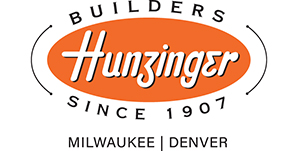PRE AND POST REFERENDUM IDEAS
During the pandemic many if not all schools were forced to go virtual, therefore forcing projects to go on hold. This saved money and efforts were pushed towards other resources, but that means many of today’s K-12 schools are in need of immediate and costly upgrades to keep up with 21st century learning and evolving educational technology. Since these types of projects are funded by taxpayers, they require a referendum vote to proceed. This also means that school referendums face much scrutiny from taxpayers and school stake holders are expected to balance many expectations and concerns – From both parents and faculty. Under the microscope of their constituents, school districts are learning how to navigate the referendum process and develop accurate, cost-effective programs.
There are two major “phases” of the referendum, pre and post referendum. Our experts at Hunzinger have broken down what they think are the most important things you can implement to ensure that your administration will get the support needed from the community and constituents and successfully have a passed referendum.
Pre-Referendum ideas:
-
- Get voters, parents, students, and staff to clearly see the need and importance of the construction. Create clear and concise understanding of current challenges and what will happen if nothing changes. One way to do this is to utilize Hunzinger’s proprietary Cloud based Virtual Design Construction Coordination (VDCC) will create digital models of building and project sites. This helps people visualize and envision the planned building designs, schedules, budgets and more. It is crucial to make sure that community stakeholders can visualize the future project and demonstrate the need.
- Ask your building partners and designers to be in attendance at community meetings to help answer questions related to schedule, safety and logistics. This will help educate voters and they will be well informed during the pre-referendum process.
- Engage your building partner’s marketing department. The marketing team should work with the school to prepare and create targeted presentation materials, designed to educate the community on the investment that they are looking to approve. This should not be new to your building partner, so lean on their expertise. Town Hall style presentations, district wide mailers, and local newspaper articles, can all be utilized quite effectively to support these efforts.
- During the pre-construction phase, have a detailed budget approach. This way there are no surprises to cost once it comes time to put shovels in the ground. Here are tools to consider:
- Ask your construction partner about programs that have extensive historical databases with current cost information. This will give you a good idea of what the project could cost to build.
- Pick a builder at the same time as the design team. Like “bumper bowling” the two will keep each other in check, ensuring that the design doesn’t get too far out of scope and the cost to build doesn’t become unattainable.
- Routinely do cost breakdowns that are tailored to the district’s wants and needs, setting very clear expectations, be an open book. Present everything to the community for their buy-in.
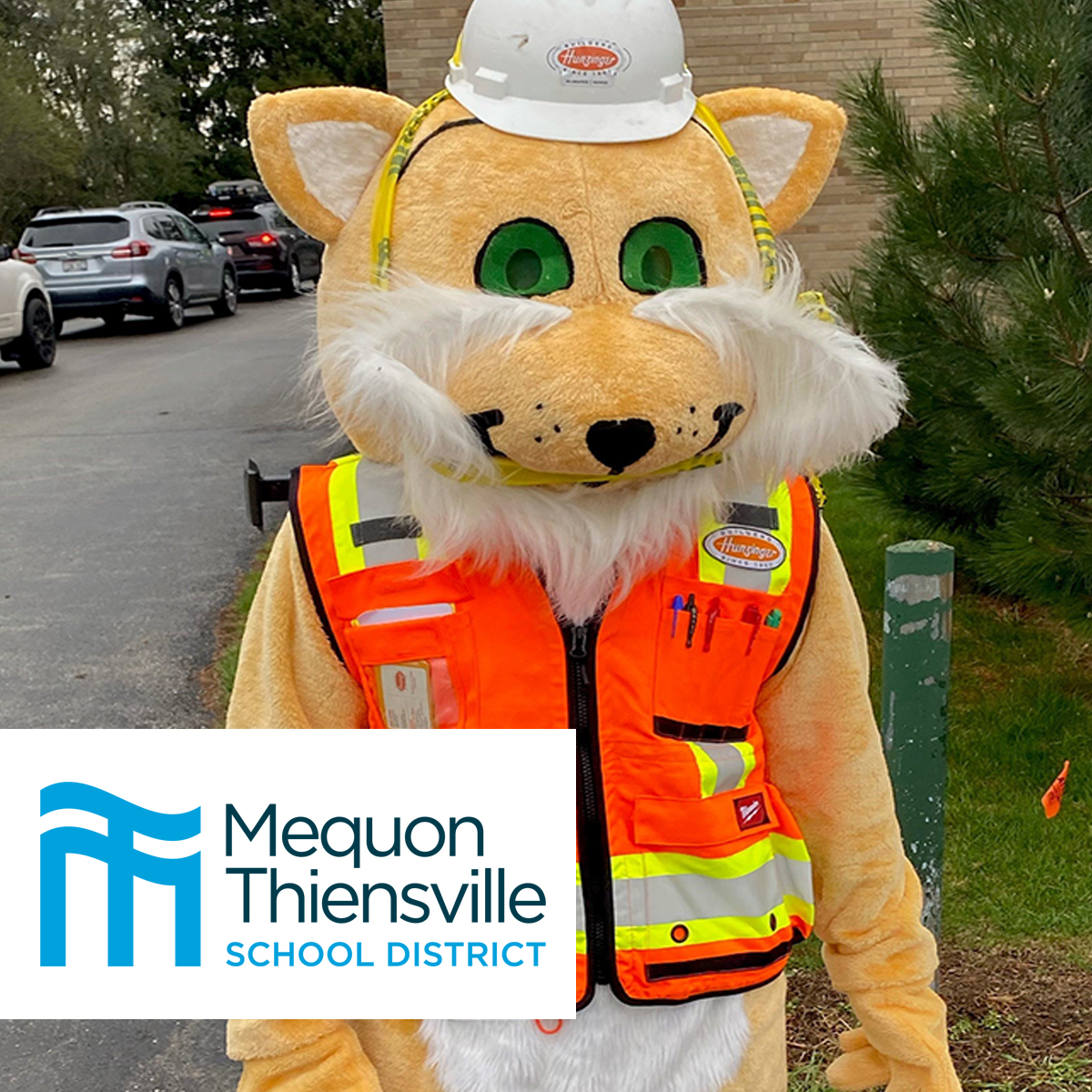
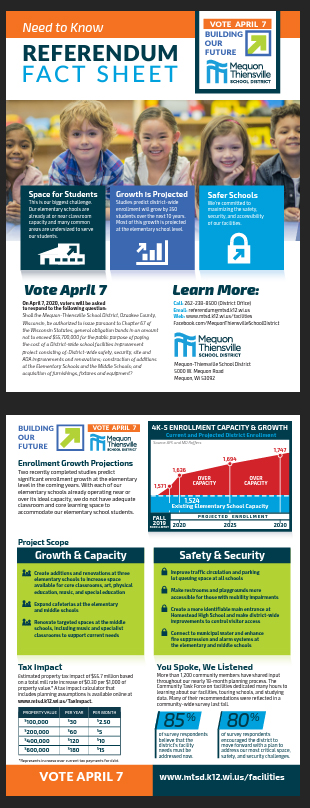
Post-Referendum ideas:
Post referendum does not mean after the project is complete, it’s about what can you do while the construction is taking place. You will have to make sure that the entire team follows through on all promises made during the pre-referendum phase. Complete transparency will create the ultimate trust and buy in. This could make or break any future projects as well. Other ideas to communicate to the community and ways to get them involved are:
- Create a schedule and share it with students, staff, faculty, school board members, taxpayers, etc.
- Get students and staff involved through apprenticeship programs or other school activities (where skills and safety allow it). You can also coordinate and organize site progress tours throughout the project.
- Have a plan and clearly communicate safety, logistics and phasing with school stakeholders. You could consider sharing all of this with parents and staff as well, but that situation is different for every project. This could also include consistent and scheduled progress/budget updates.
- Consider developing a page on the school’s website or a microsite to post all communication and information about the project. If physical site visits aren’t possible, post virtual progress tours on the site.
- Finally, get the community involved and invite them to any groundbreaking ceremonies, ribbon cuttings and/or grand opening.
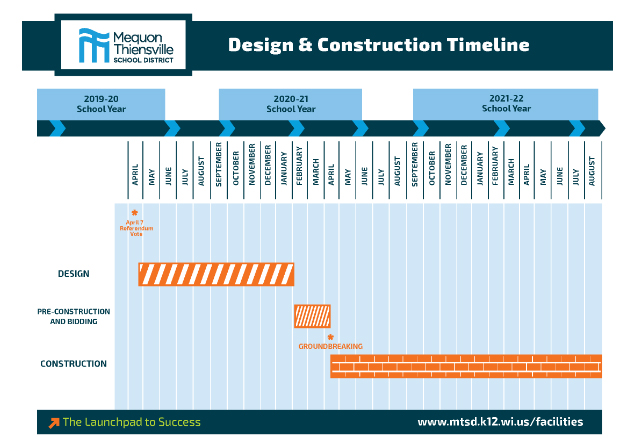
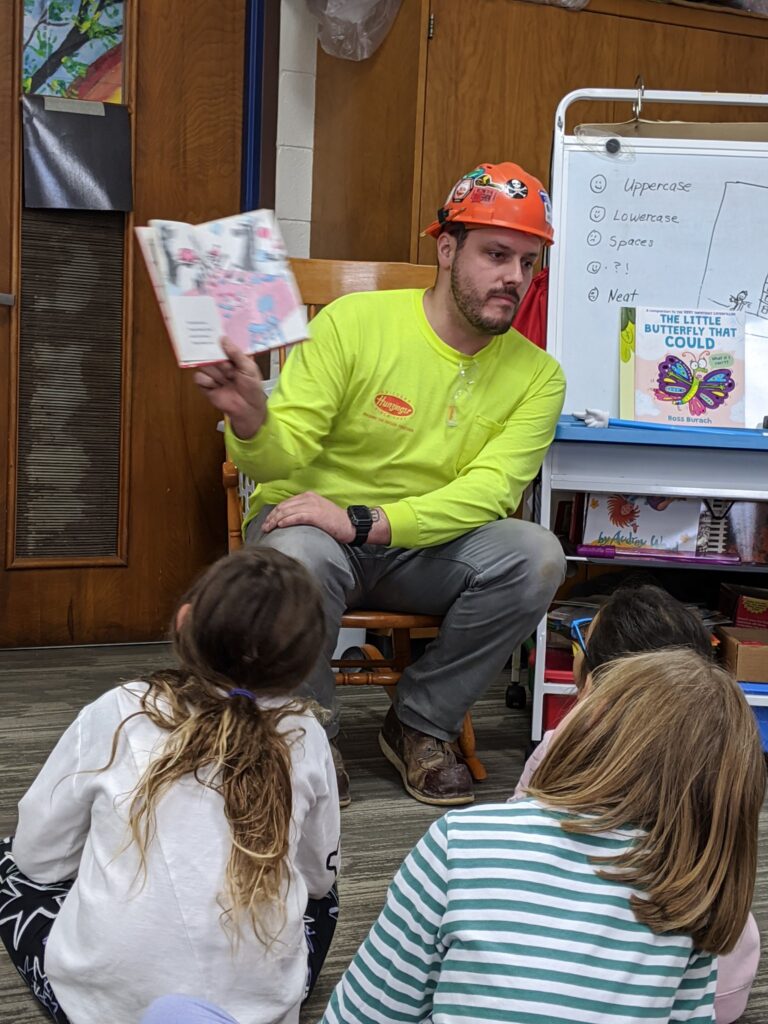
Hunzinger is proud to have completed over 350 schools, totaling more than $1 Billion in value, throughout the Midwest. Given our vast experience with education building types, we have often been called upon to give our input into the programming and design phases. Our school partners believe in value that we bring to their projects and we have a proven track record that demonstrates that we have had an aptitude for successfully delivering in our market. If you are soon approaching a referendum, Hunzinger would be happy to help you prepare for a successful referendum.
Please contact Maggie Pinnt, Director of Business Development, for more information about our K-12 work.
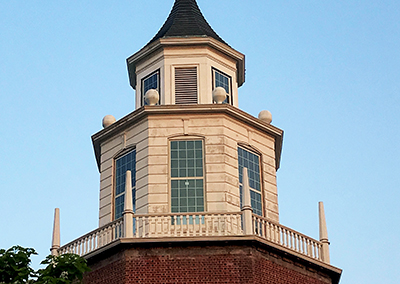
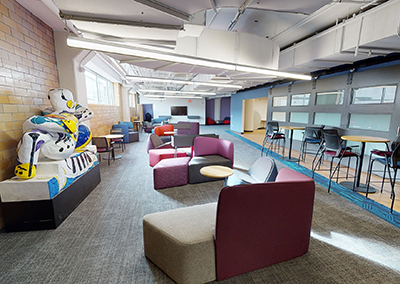
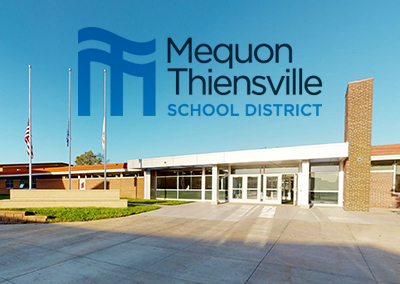
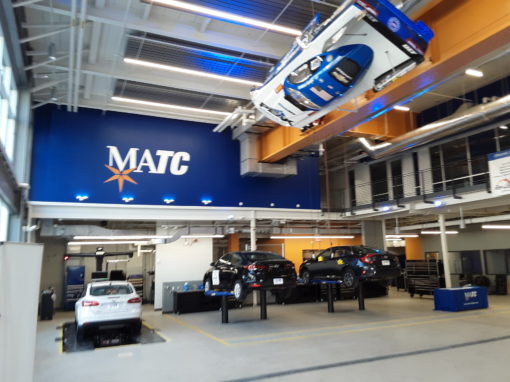
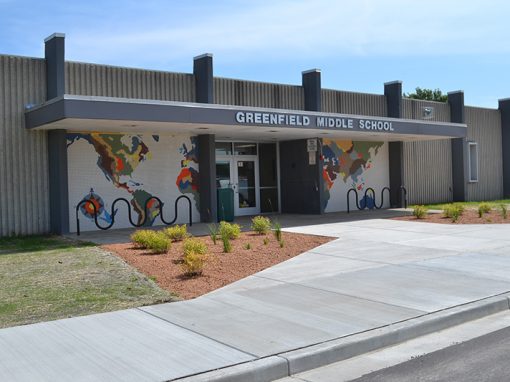
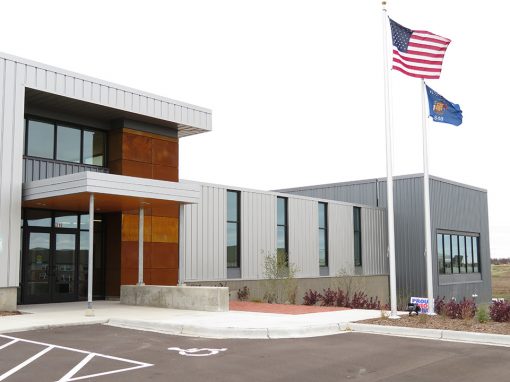
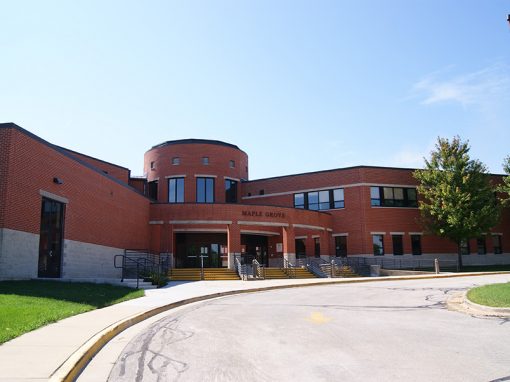
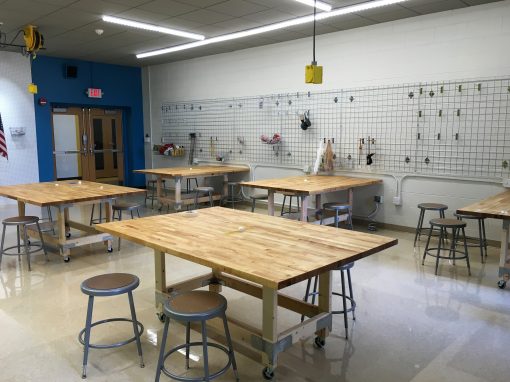
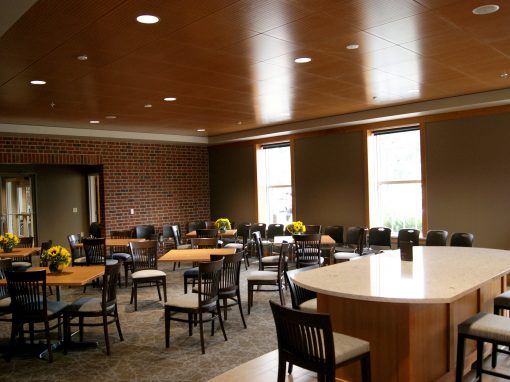
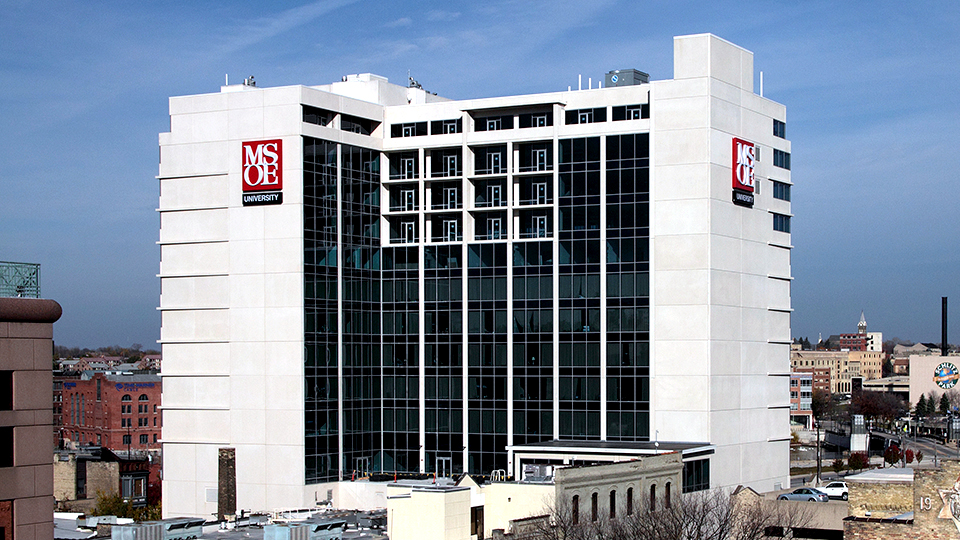
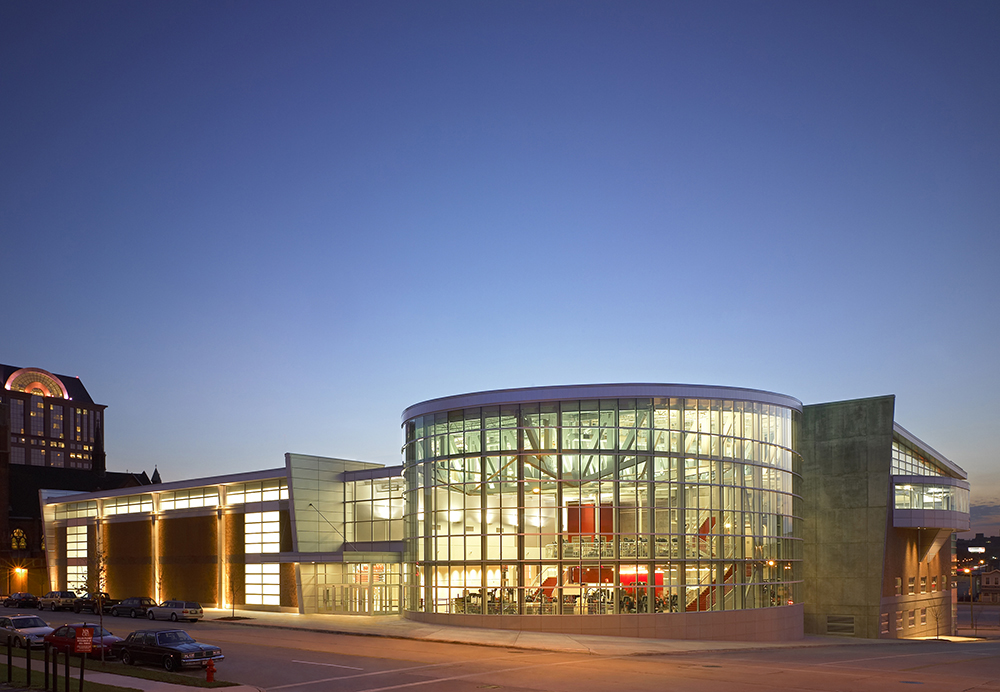
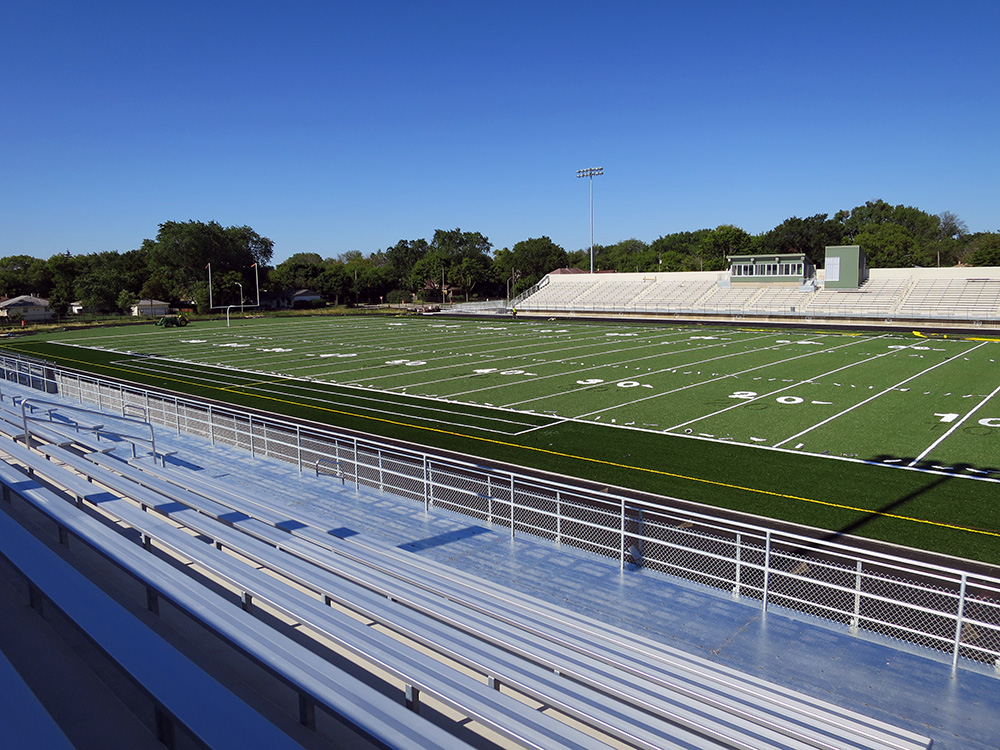
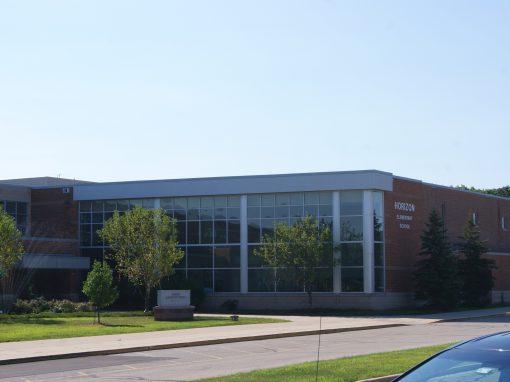
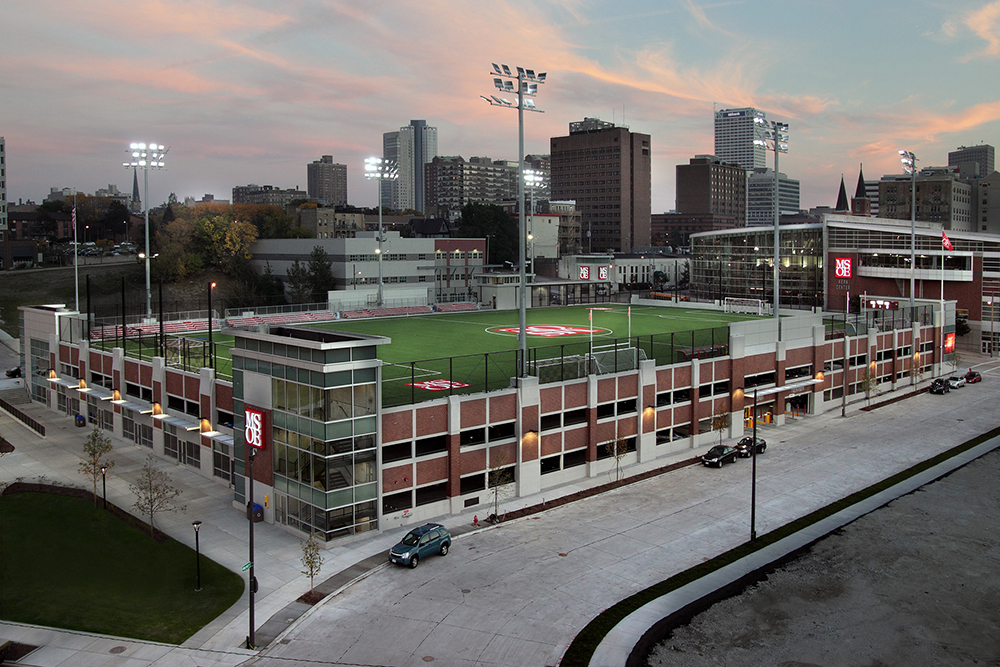
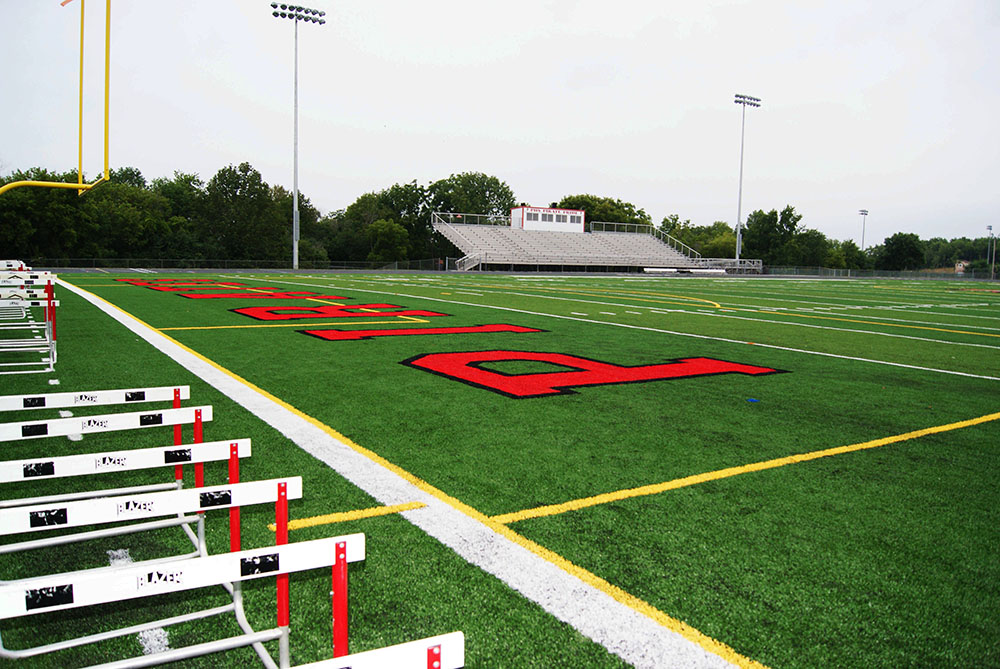
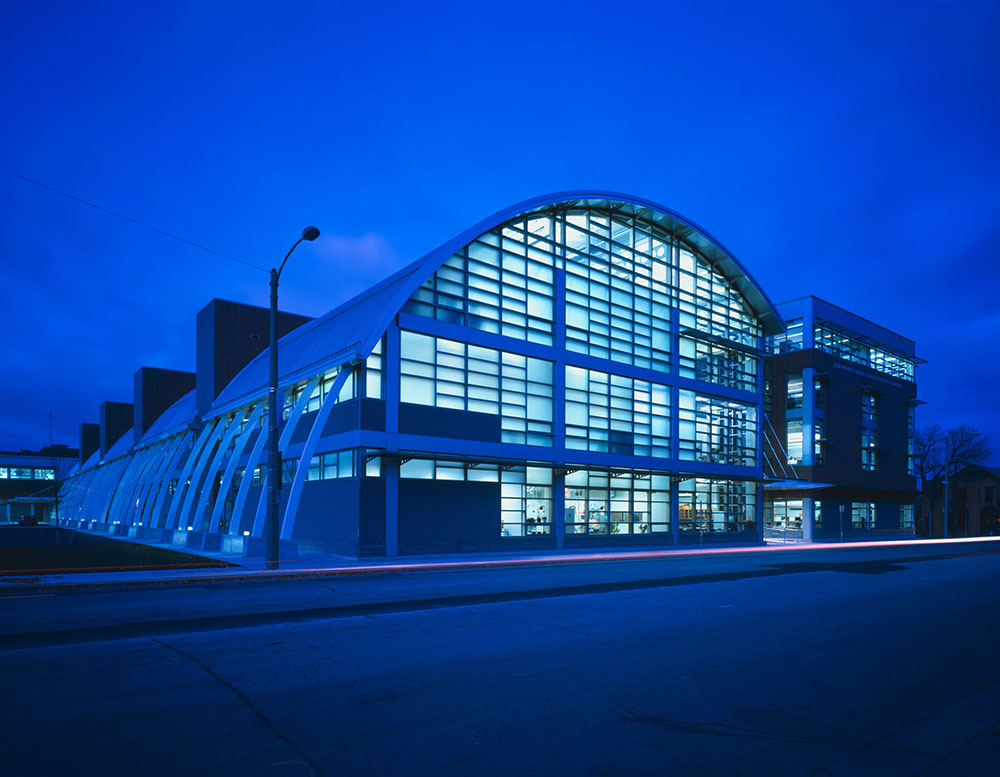
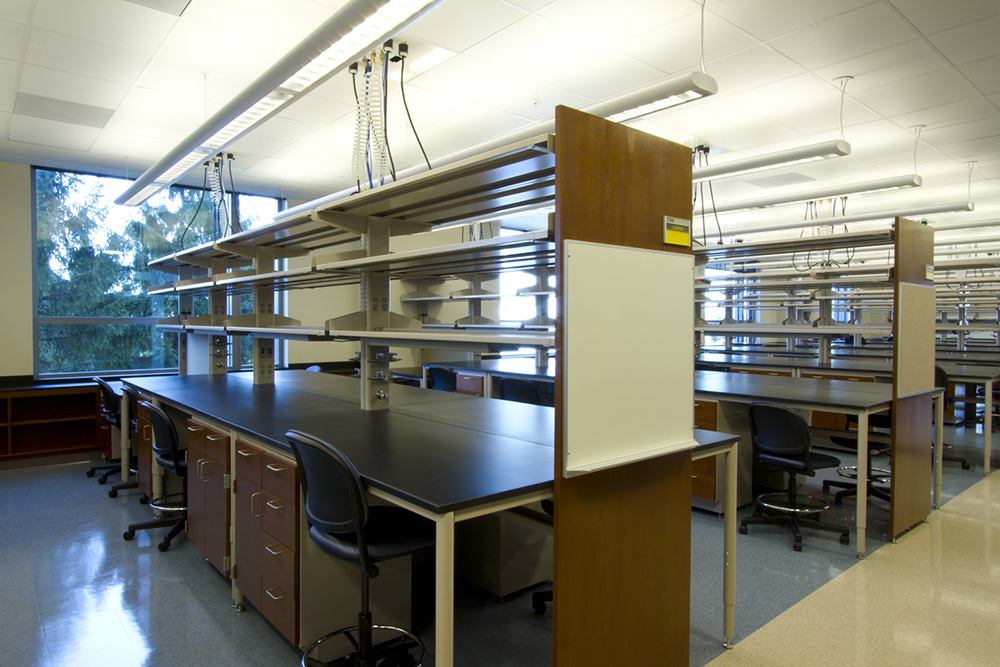
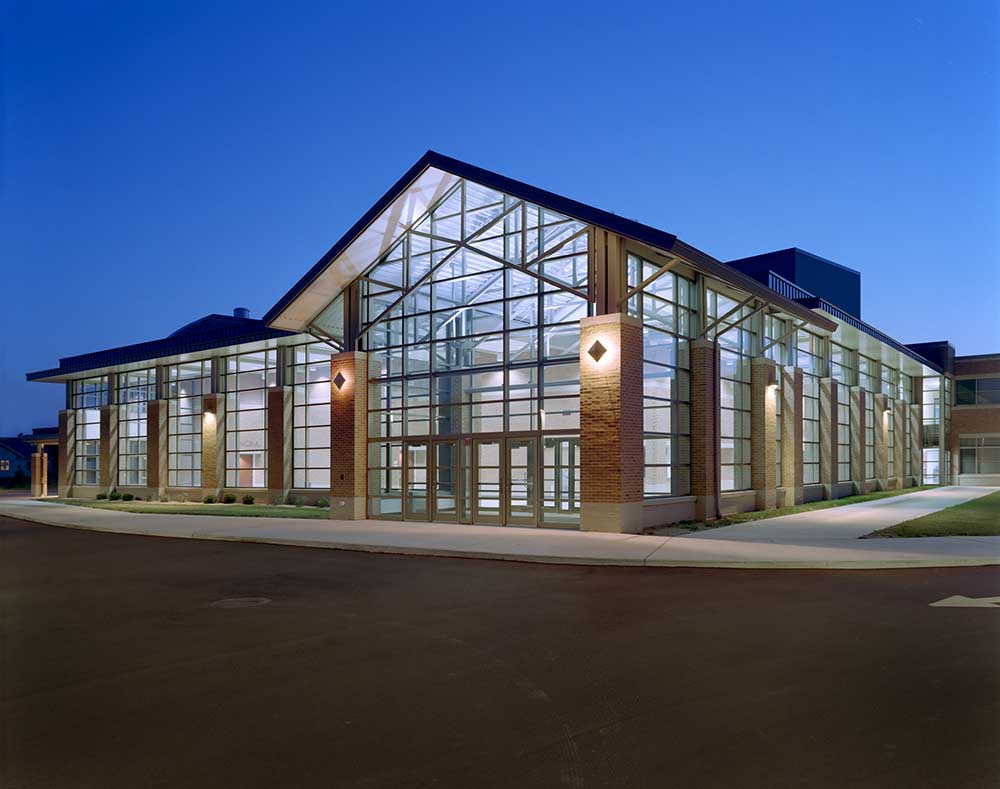
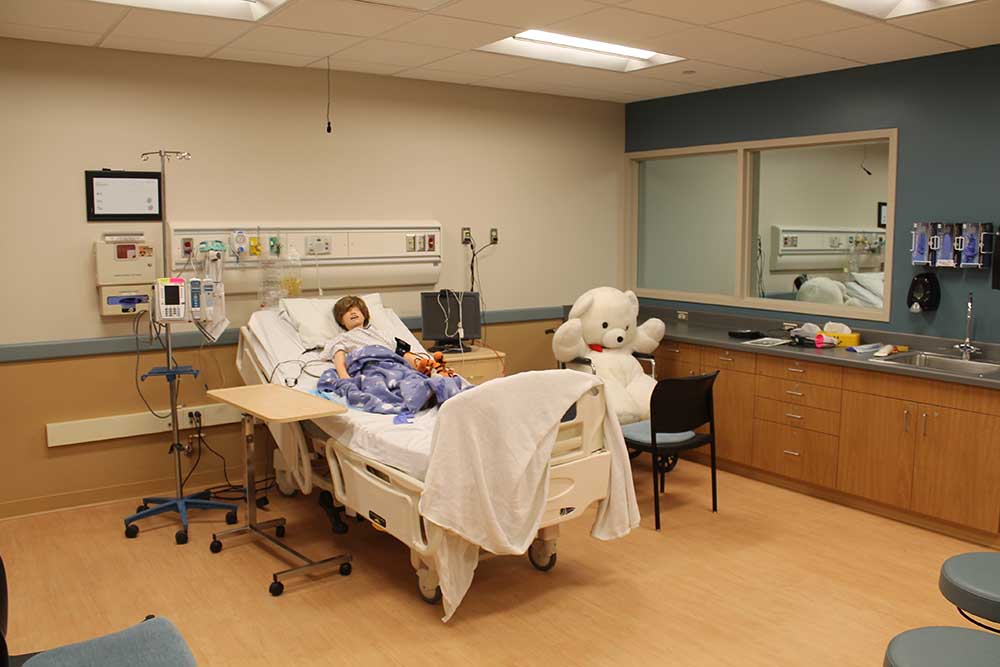
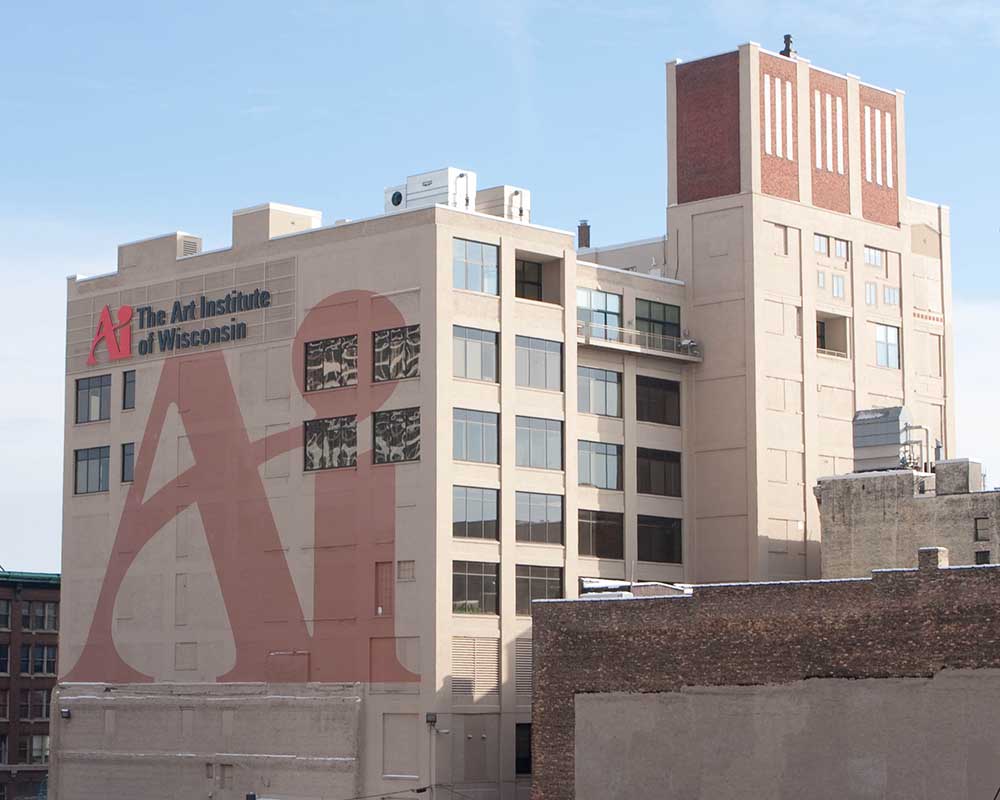
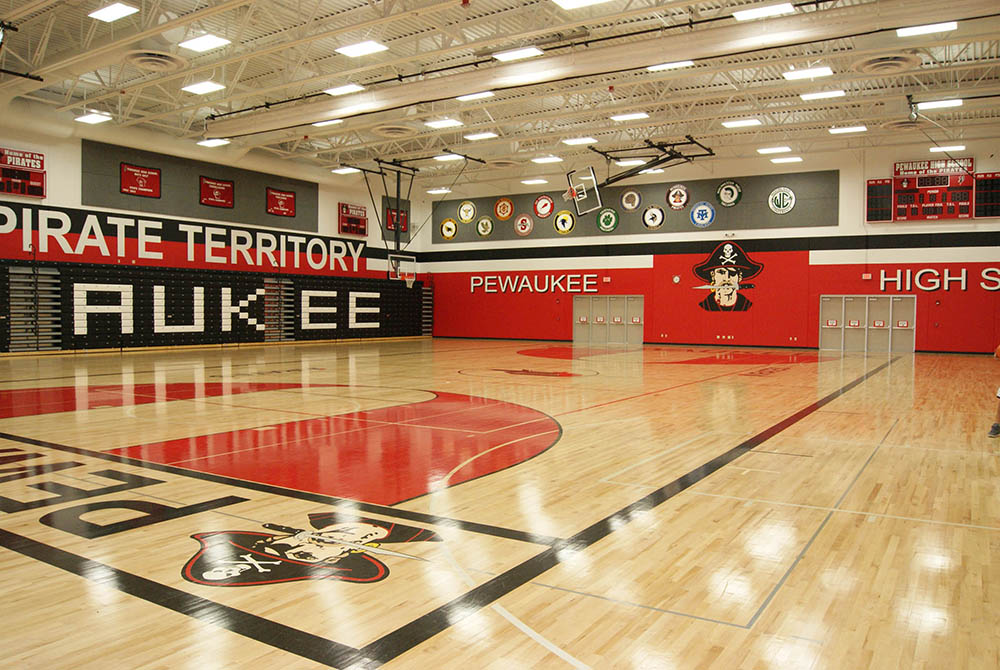
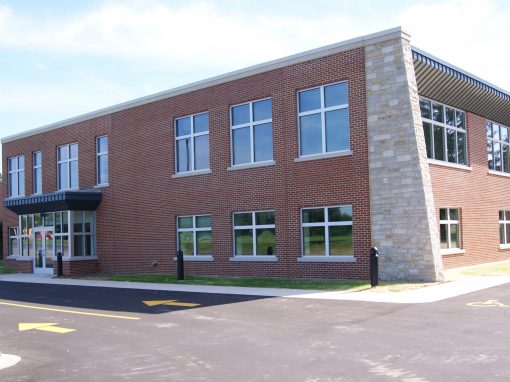
BUILDING THE FUTURE TOGETHER
Interested in hearing more about our projects? Sign-up for our e-mail newsletter.
